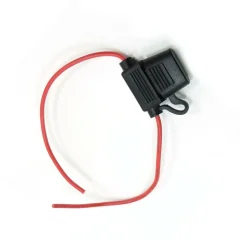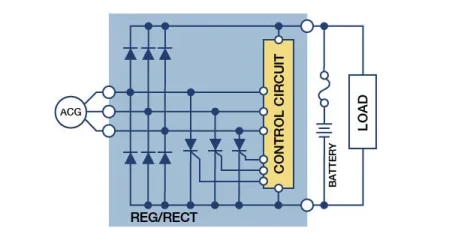- Joined
- Jan 31, 2010
- Messages
- 3,205
Don't see how having the alternator on "full load" makes any difference to anything. It's the electronics that take the "load." So if the podtronics can "take it," and mine has since '12, what's there to be concerned about?



